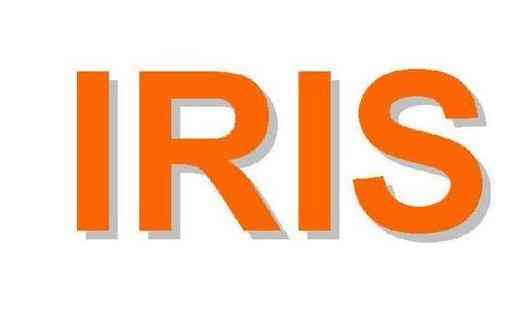|
UDC 003/050 Ref.No.:ISO/RpJ-l)sl (E)
IS0
I NT ERN AT I ON AL O RG A N I Z AT1 O N FOR STAN DARD I2 AT1 ON
IS0 RECOMMENDATION
R 233
INTERNATIONAL SYSTEM
FOR THE TRANSLITERATION OF ARABIC CHARACTERS
1st EDITION
December 1961
COPYRIGHT RESERVED
The copyright of IS0 Recommendations and IS0 Standards
belongs to IS0 Member Bodies. Reproduction of these
documents, in any country, may be authorized therefore only
by the national standards organization of that country, being
a member of ISO.
For each individual country the only valid standard is the national standard of that country.
Printed in Switzerland
Copies to be obtained through the national standards organizations.
Also issued in French and Russian,
I I' , I
---------------------- Page: 1 ----------------------
BRIEF HISTORY
The IS0 Recommendation R 233, International System for the Transliteration of Arabic
Characters, was drawn up by Technical Committee ISO/TC 46, Documentation, the Secretariat
of which is held by the Nederlands Instituut voor Documentatie en Registratuur (N.I.D.E.R.)
on behalf of the Stichting Nederlands Normalisatie-instituut ("1).
Work on this question by the Technical Committee began in 1956 and led, in 1959, to the
adoption of a Draft IS0 Recommendation.
In April 1959, this Draft IS0 Recommendation (No. 353) was circulated to all the IS0
Member Bodies for enquiry. It was approved by the following Member Bodies :
Austria Israel Romania
Chile Italy Spain
Czechoslovakia Japan Sweden
France Netherlands Switzerland
Germany New Zealand United Kingdom
Hungary Norway Yugoslavia
India Poland
Three Member Bodies opposed the approval of the Draft :
Belgium, Denmark, U.S.A.
The Draft IS0 Recommendation was then submitted by correspondence to the IS0 Council,
which decided, in December 1961, to accept it as an IS0 RECOMMENDATION.
---------------------- Page: 2 ----------------------
ISO/R p3 - lm (E)
INTRODUCTORY NOTE
ON THE
GENERAL PRINCIPLES OF TRANSLITERATION
Transliteration is the operation of representing the characters or signs of any one alphabet by
those of any other, but this note refers only to transliteration of non-Latin alphabets into the
Latin alphabet (also termed “Roman alphabet”). For documentation purposes the main require-
ment is that non-Latin texts should be reproducible by typewriters or other devices having only
Latin characters and a few additional signs (diacritical, etc.).
It is a question of representing characters or signs, not sounds-and this is what distinguishes
transliteration from transcription-a matter of representing characters as they are written, rather
than according to their phonetic or etymological values. Transliteration generally can, and
should, be automatic, so that it can be done by anyone able to identify the language of the ori-
ginal; and it should be possible for anyone with an adequate knowledge of this language to
re-establish the text in its original characters.*
There should be no ambiguity: a given character or sign should always be transliteratedcon-
sistently and, in principle, a single character in one alphabet should always correspond to a single
character in the other(s). The use of two letters for a single character is acceptable only when
the Latin alphabet offers no other reasonable possibility (e.g. Cyrillic and Greek Y), and
then it should be a two-letter combination ruling out any ambiguous interpretation.
Diacriticals are added when necessary, but signs not available on (for instance) Latin-alphabet
typewriter keyboards are used as little as possible.
* For Arabic, which is usually written in an incomplete way (without vowels), transliteration
cannot be automatic unless done from a text in which the vowels and other omitted signs
have been supplied. Transliteration therefore requires a good knowledge of Arabic, and it
may be necessary to use dictionaries for an indication of vowelling.
-3-
---------------------- Page: 3 ----------------------
ISO/R 233 - lB61 (E)
IS0 Recommendation R 233 December 1961
INTERNATIONAL
...














